 by "Cé hé sin" (michael-m-mouse)
by "Cé hé sin" (michael-m-mouse)
Published 02/17/2017 at 14:29
 by "Cé hé sin" (michael-m-mouse)
by "Cé hé sin" (michael-m-mouse)
Published 02/17/2017 at 14:29
Tags: Class 172
; Trainlopnik
STARS: 4
We could have had a Clio 172, but instead let’s have a Bombardier Class 172.
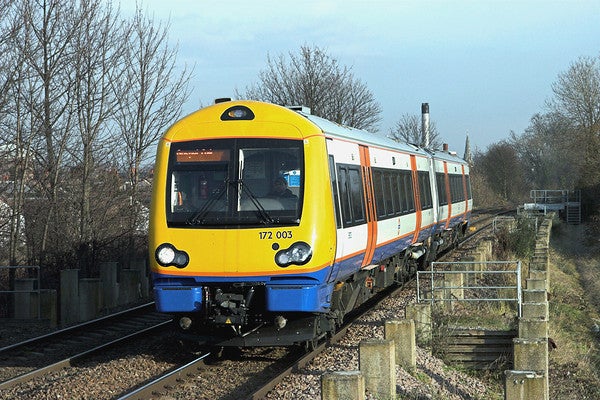
It’s a DMU which train people will know to be a diesel multiple unit, a train with engines under the floor and no separate loco. Loco hauled coaches are very much on the way out for passenger use for several reasons, one being that multiple units are bidirectional without having to have an expensive loco at each end or having to shunt one loco from end to end.
It’s other claim to fame is conventional ZF automatic gearboxes rather than the more usual Voith ones so you get to hear a train changing gear five times as it accelerates.
Why isn’t it diesel electric like the locos they use in America? Because that’s less efficient, that’s why. Rotation to electricity back to rotation isn’t a good thing.
You want to hear it changing gear, don’t you?
Of course you do.
!!! UNKNOWN CONTENT TYPE !!!
 "Demon-Xanth knows how to operate a street." (demon-xanth)
"Demon-Xanth knows how to operate a street." (demon-xanth)
02/17/2017 at 14:39, STARS: 0
172 cubic inch:

217 cubic inch:
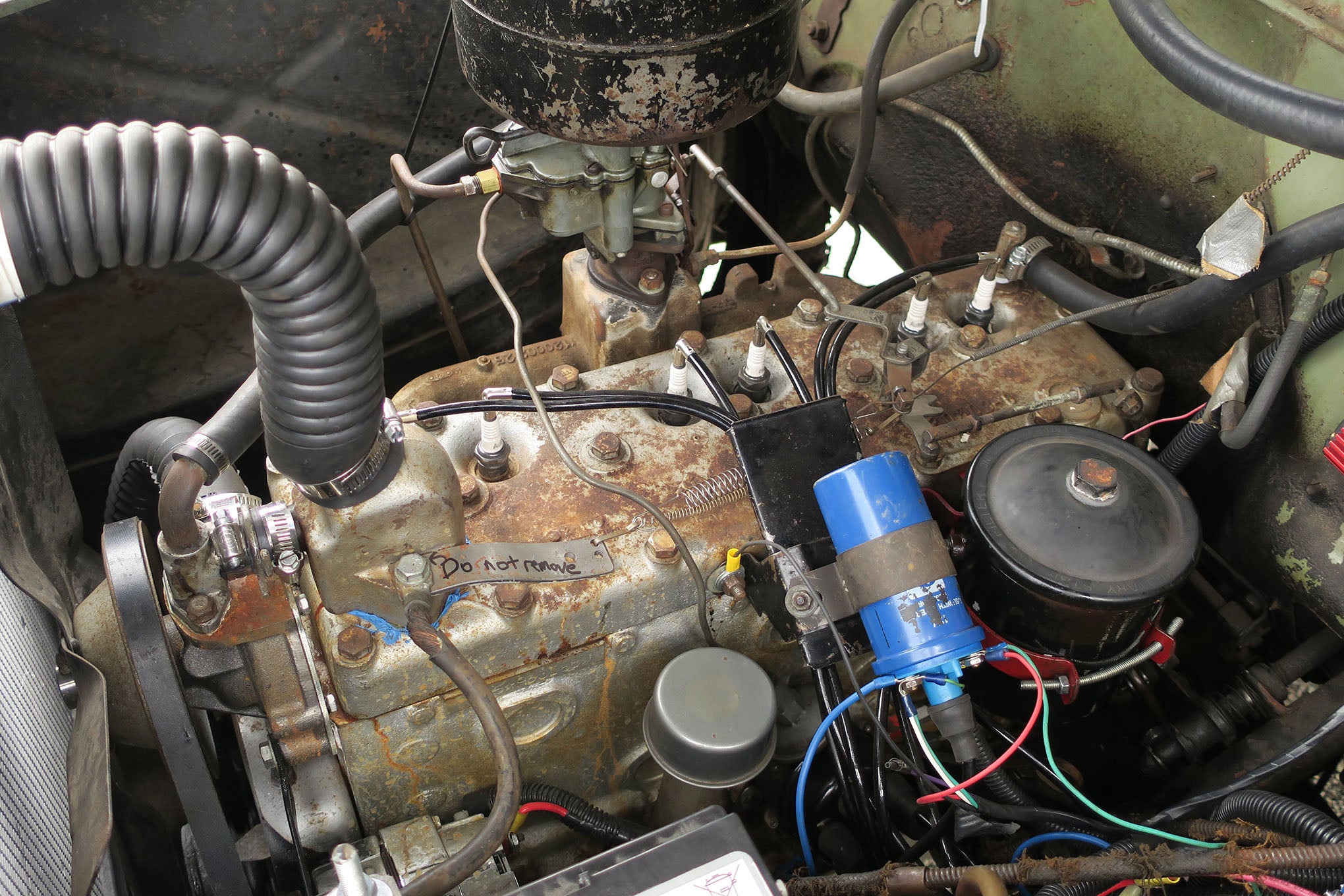
 "WilliamsSW" (williamssw)
"WilliamsSW" (williamssw)
02/17/2017 at 14:43, STARS: 0
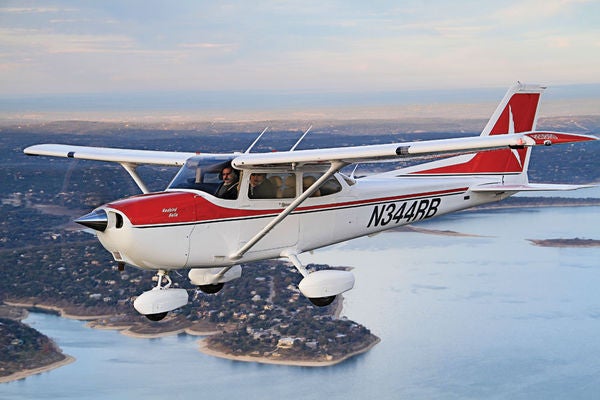
My favorite 172-
 "PotbellyJoe and 42 others" (potbellyjoe)
"PotbellyJoe and 42 others" (potbellyjoe)
02/17/2017 at 14:48, STARS: 1
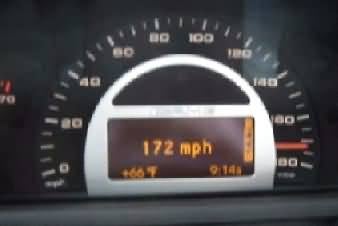
My favorite is only slightly less deadly...
 "WilliamsSW" (williamssw)
"WilliamsSW" (williamssw)
02/17/2017 at 14:55, STARS: 0
Well, I have about 200 hours in the Cessna, so I’m not sure about that. :) Kudos to whoever had the wherewithal to take that picture at speed, that’s for sure!!
 "Out, but with a W - has found the answer" (belg)
"Out, but with a W - has found the answer" (belg)
02/17/2017 at 14:56, STARS: 1
They’re diesel-hydraulic because of low cost, low weight, relatively low power requirements and size constraints. Diesel-hydraulic efficiency is somewhere in the 85-90% at optimal operating range (i.e. continuous, rather heavy load). Diesel-electric is >90% in nearly all load cases.
Sounds counter-intuitive indeed, as you’ve seemingly got an extra ‘step’ between power and traction, but the mechanical losses in the transmission are far higher than those in the generator and electrical motors combined.
If you move outside optimal load, the diesel-hydraulics suffer even more, as the engine’ll have to run outside of its design window, while in diesel-electrics engine speed and wheel speed aren’t linked.
 "PotbellyJoe and 42 others" (potbellyjoe)
"PotbellyJoe and 42 others" (potbellyjoe)
02/17/2017 at 14:59, STARS: 1
Good on you. Mine was simply a cheap joke aimed at GA in general.
I’ve lost a few friends to the “hobby,” I totally understand the desire to fly though.
 "WilliamsSW" (williamssw)
"WilliamsSW" (williamssw)
02/17/2017 at 15:05, STARS: 0
Ugh. I’m very sorry to hear that. Yeah, GA pilots tend to get defensive about the relative safety of GA, and I’m no exception.
The sad truth, though, is that the record is poor, and part of it is because everyone thinks that crashes are only going to happen to others, because crashes are mainly due to pilot error and 99% of pilots think they’re above average. “That won’t happen to me”
Sorry for your losses—
 "PotbellyJoe and 42 others" (potbellyjoe)
"PotbellyJoe and 42 others" (potbellyjoe)
02/17/2017 at 15:11, STARS: 1
It’s fine, but thanks. And yes it was hubris in both cases; one solo and one with his co-worker.
And they were always defensive up to the end about the safety and the need for it. One because he was managing construction sites around a large midwestern territory and could get to all of the places quicker/easier than driving to the middle of nowhere, the other because he came from a family of pilots and “they knew what to do.”
I went to school with the daughter one of them left behind. My dad had talked to him about his flying and the fact that kids were at home.
Sorry, I don’t mean to buzzkill this convo.
Be safe. Trust your gut, your instruments and triple check everything else.
 "Demon-Xanth knows how to operate a street." (demon-xanth)
"Demon-Xanth knows how to operate a street." (demon-xanth)
02/17/2017 at 15:22, STARS: 0
I honestly thing a gas turbine electric big rig would do well. If it had say 50 miles on battery, not much, but enough to keep the turbine off most of the time, especially at low speed and in traffic, then just fire it up and run it at the optimum RPM until the battery is full, it would lend itself to all the turbine’s advantages while dodging the main disadvantage of shitty idle fuel consumption.
 "WilliamsSW" (williamssw)
"WilliamsSW" (williamssw)
02/17/2017 at 15:23, STARS: 0
You’re not being a buzzkill, so no worries.
In my case, I’ve gotten away from it due to time commitments - it’s been several years.
Instrument rated, but always very cautious - I was still a fair weather flier. The feeling is very addictive, but yeah, I’ve heard a lot of stories, and witnessed a lot of stupidity. Luckily none of it resulted in more than bent aluminum.
I’ve since gotten married and had a kid, so there’s a decent chance I’ll never get back to it.
 "Out, but with a W - has found the answer" (belg)
"Out, but with a W - has found the answer" (belg)
02/17/2017 at 15:27, STARS: 0
So this, but supersized?
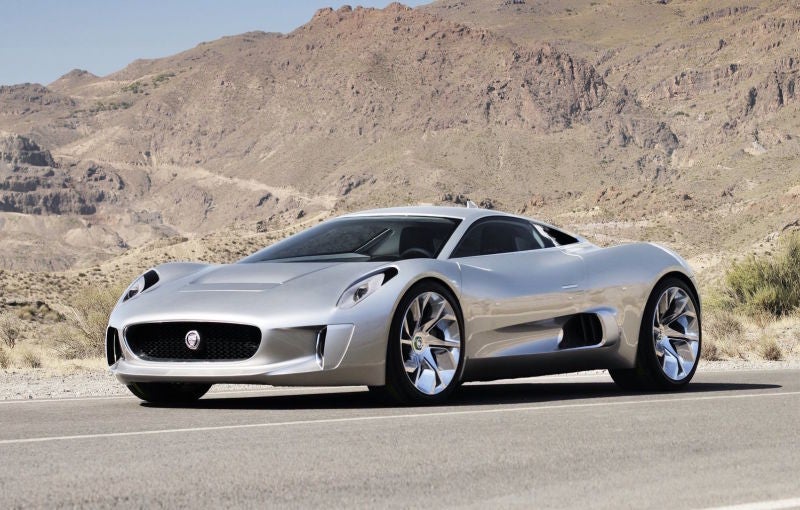
Might work, but turbine development for road (and rail) use is sadly almost non-existent, compared to the classic ICE.
 "Demon-Xanth knows how to operate a street." (demon-xanth)
"Demon-Xanth knows how to operate a street." (demon-xanth)
02/17/2017 at 15:31, STARS: 1
Maintenance costs killed the GTEL back in the day:
https://en.wikipedia.org/wiki/Union_Pacific_GTELs

 "Cé hé sin" (michael-m-mouse)
"Cé hé sin" (michael-m-mouse)
02/17/2017 at 15:56, STARS: 0
Strictly speaking that’s a diesel mechanical train (even though it has bus-derived torque converter gearboxes) because it’s relying on a series of gears as opposed to a Voith transmission which basically uses a torque converter to provide a kind of inefficient CVT until it’s going fast enough for a fluid coupling to take over instead. Once it’s locked its torque converters the Class 172 should be better than 90% efficient. In theory anyway.
I’m told by the internet that in practice the gains over a Voith transmission are reduced because the train won’t “coast” so easily and also it isn’t as smooth.
Oh, and if you can show me a successful petrol or diesel electric car I’ll believe you that they’re efficient! Bear in mind that the Opel/Chevrolet Volt uses mechanical drive at higher speeds for a reason.
 "Cé hé sin" (michael-m-mouse)
"Cé hé sin" (michael-m-mouse)
02/17/2017 at 16:00, STARS: 0
The
Turbotrain
(hydraulic rather than electric drive) kept going for quite a long time though, its big issue was fuel. So far as I can find out maintenance wasn’t especially problematic.
 "Out, but with a W - has found the answer" (belg)
"Out, but with a W - has found the answer" (belg)
02/17/2017 at 16:41, STARS: 1
You’re right that it probably should be classified as a diesel-mechanic, though that reminds of the days of manual gearboxes in trains (well, tampers at least). We’ve got the ZF in our newest catenary maintenance cars, as opposed to a Voith in the older ones, and it’s an improvement in terms of capability and reliability. You do get a lot more transmission braking indeed.
The BMW i3 REX and Fisker Karma could be called hybrid petrol-electrics. The Volt is an electro-mechanical ‘in-betweener’, with a single electromotor driving the axle through a planetary gearset, sometimes assisted by the petrol engine. This is similar to the Vossloh diesel-electrics and some rebuilt/upgraded battery-diesel hybrid shunters, but not as efficient as individual traction motors directly on the wheels/axles. Easier to engineer when starting from an existing architecture and using available knowledge though. Additionally, I guess in case of the Volt it was cheaper than developing an electromotor that doesn’t run out of juice over 70 mph.
 "Cé hé sin" (michael-m-mouse)
"Cé hé sin" (michael-m-mouse)
02/17/2017 at 17:10, STARS: 0
Ah, but there are still diesel mechanical (in the true sense of the word) trains.
Here’s an IC3 train from Denmark. They’ve been re equipped with ZF AS Tronic automated manual gearboxes. I don’t think there were any other takers for the AS Tronic Rail and it no longer appears on ZF’s website, but nonetheless it’s a 12 speed train.
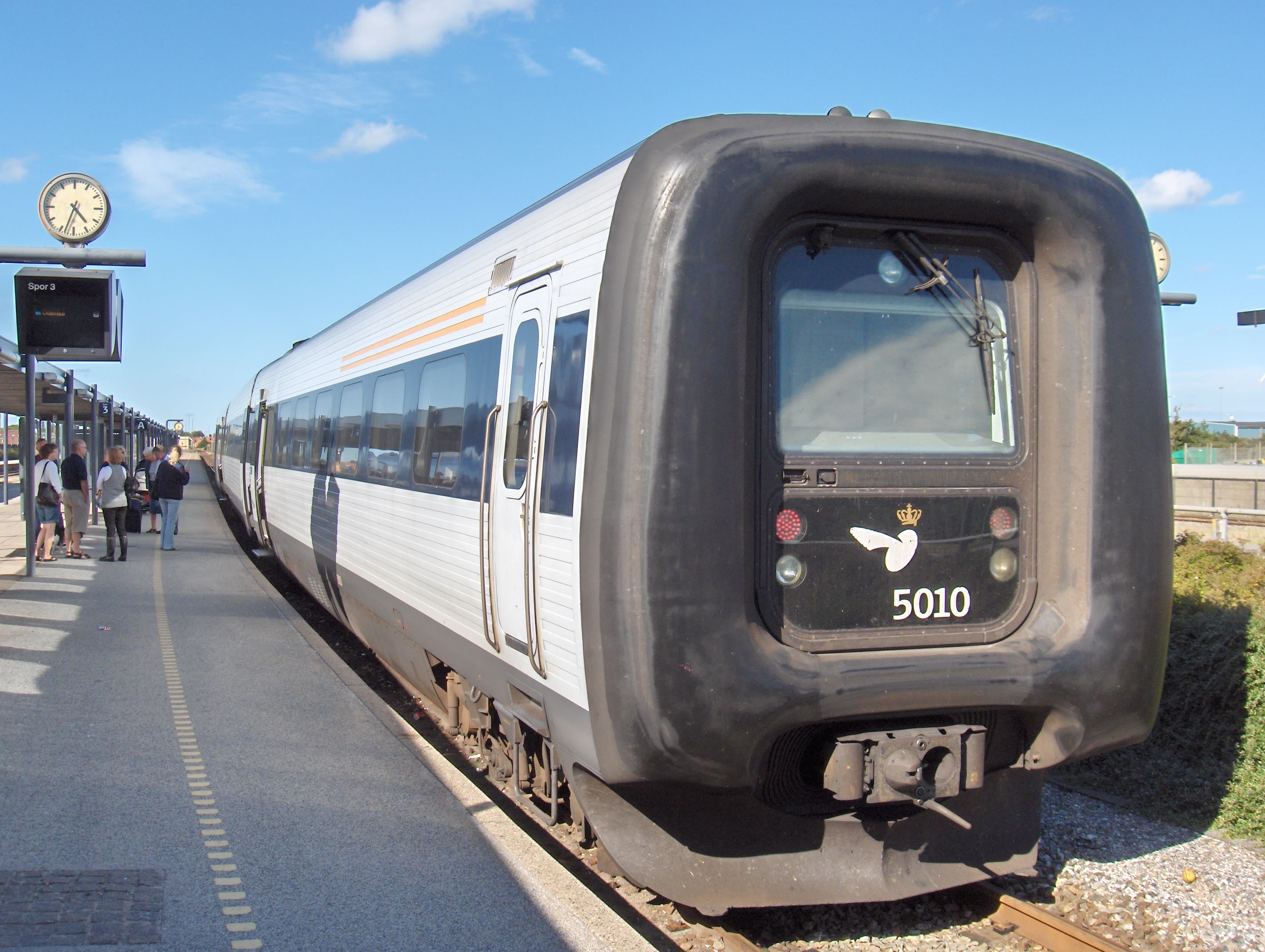
 "Out, but with a W - has found the answer" (belg)
"Out, but with a W - has found the answer" (belg)
02/17/2017 at 17:17, STARS: 0
Ooh, very cool! I can imagine the driver being happy he doesn’t have to use the clutch himself. Seeing how the Danes are rapidly renewing their infrastructure (ETCS and electrification), I can’t imagine it getting a non-electric successor?
 "SpeedSix" (speedsix)
"SpeedSix" (speedsix)
02/17/2017 at 17:36, STARS: 0
1:72 scale
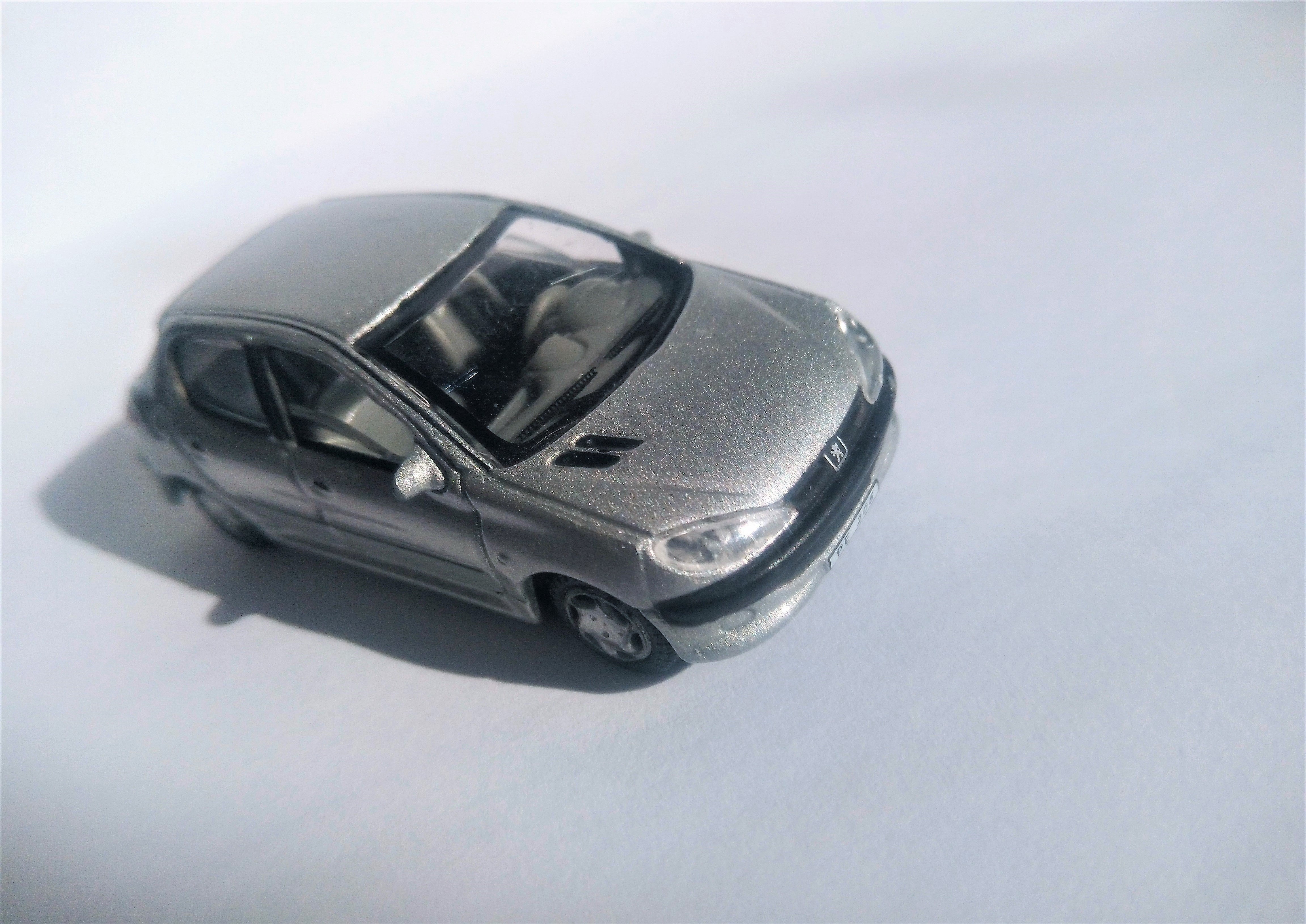
 "pip bip - choose Corrour" (hhgttg69)
"pip bip - choose Corrour" (hhgttg69)
02/17/2017 at 17:39, STARS: 1
MB SLK R-172
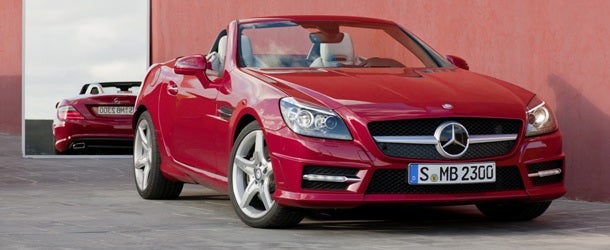
 "Cé hé sin" (michael-m-mouse)
"Cé hé sin" (michael-m-mouse)
02/17/2017 at 18:37, STARS: 0
Probably not!
There’s a major electrification programme underway in the UK at the moment which will see the London based Class 172s replaced after only about seven years. They’ll be sent to other lines to replace older diesel stock. However there’s been a problem. Money. They’ve had to slow down or postpone parts of the programme which has resulted in a need to electro diesels to cover those parts of the various main lines which aren’t now going to be wired up. The trains will therefore head to Wales under wires and when they get there start their engines.
Oddly enough there’s also a plan to dieselise some electric units cause the slow down in electrification is going to result in a shortage of modern diesel stock in some places. The idea is to put MAN diesels under the carriages and power the existing motors.
Here in Ireland we’re sticking with diesel There’s no way electrifying anything other than the Cork-Dublin main line would make sense and given the railways’ financial position they’re not doing that one either.
 "Out, but with a W - has found the answer" (belg)
"Out, but with a W - has found the answer" (belg)
02/18/2017 at 04:06, STARS: 0
Electrification is just about the most expensive thing you can do to rail infrastructure, so I’m not surprised it’s getting delayed. Quite ironical that they have to get expensive bi-mode electro diesels as a stopgap measure.
We’ve got another fun and expensive conversion coming up (well, it’s been ‘in the near future’ for about two decades now): conversion from 3 kV DC to 25 kV AC. AFAIK, all new catenary installations are built with 25 kV hardware, but wired for 3 kV.
 "Cé hé sin" (michael-m-mouse)
"Cé hé sin" (michael-m-mouse)
02/18/2017 at 06:17, STARS: 0
Certainly is. One batch of Class 172s was bought for a suburban line in London. It’s only about 16km and was not planned at first to be wired up but then they changed their minds. It had become very busy after a change of operator and was a diesel island which blocked several electric lines. So they decided to wire it up over the next year or so. The cost? About €150m or about €10m per km because lots of bridges which meant that the line had to be lowered to provide clearance for the wires. I don’t think that includes the cost of the new rolling stock.